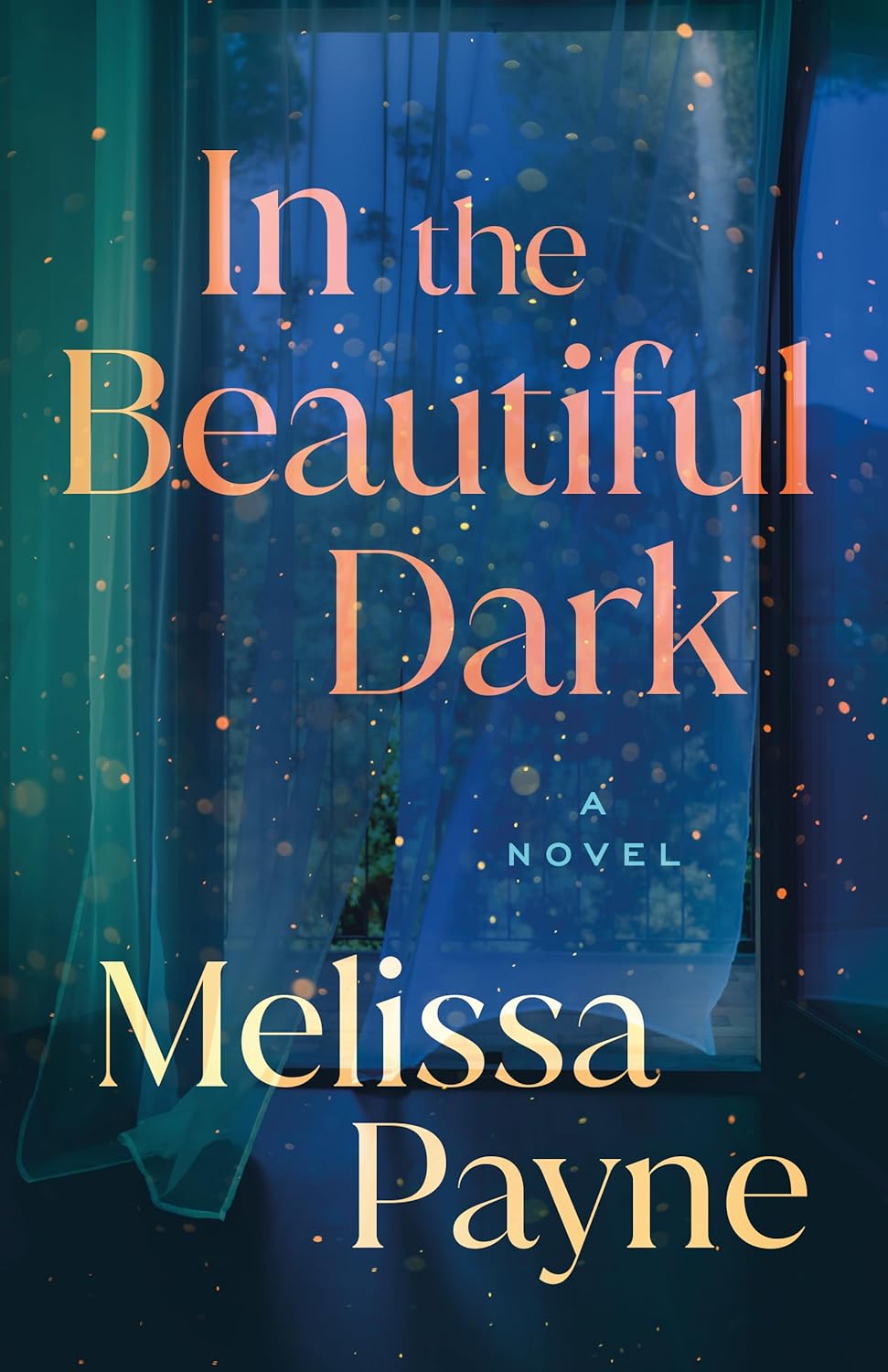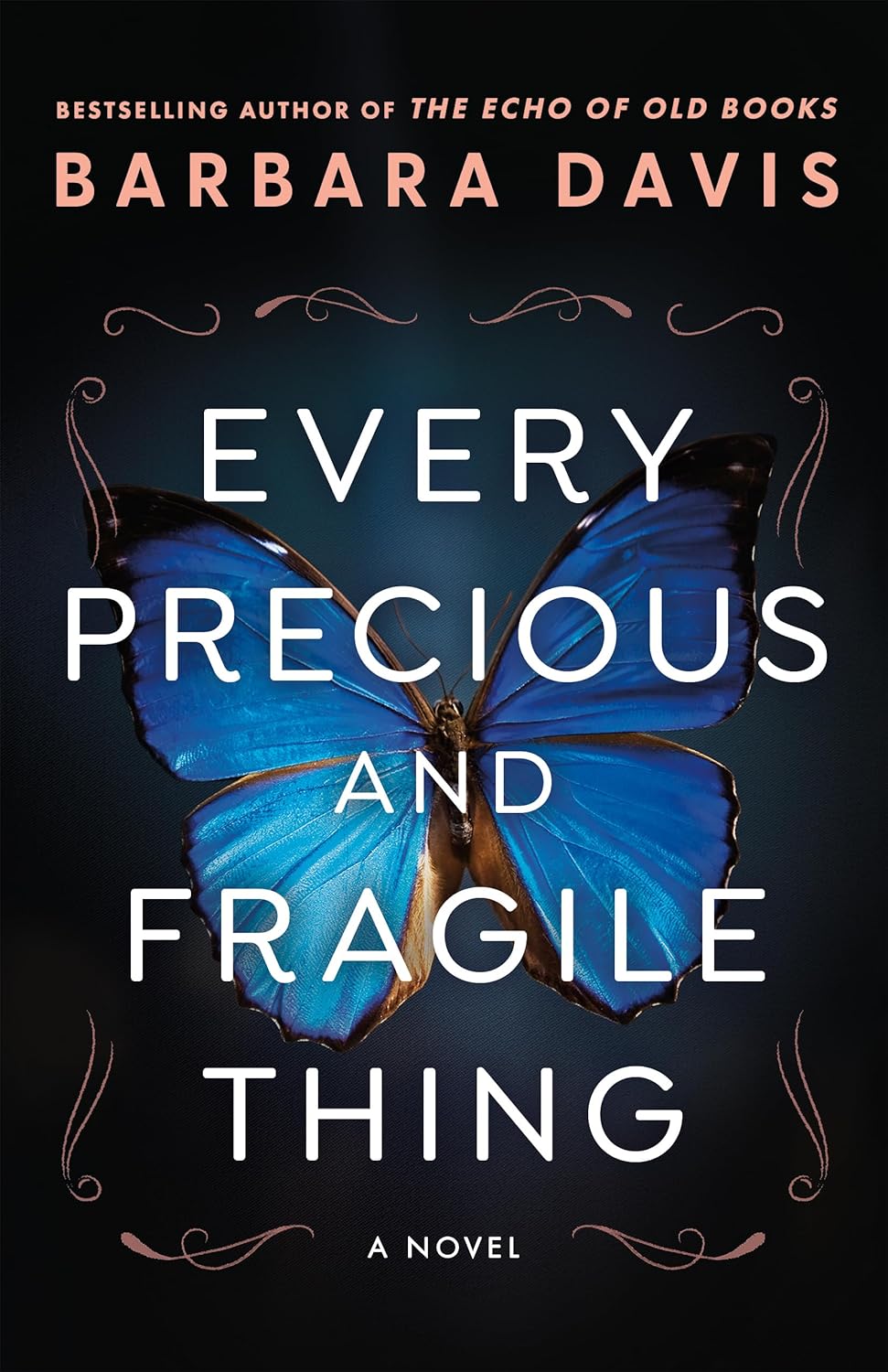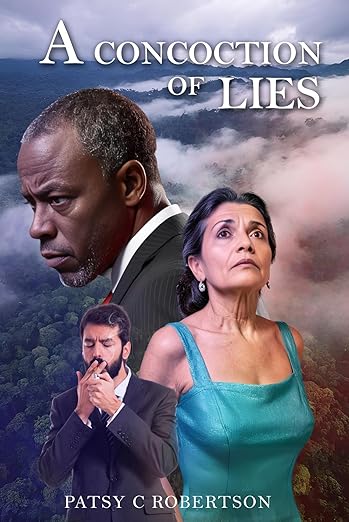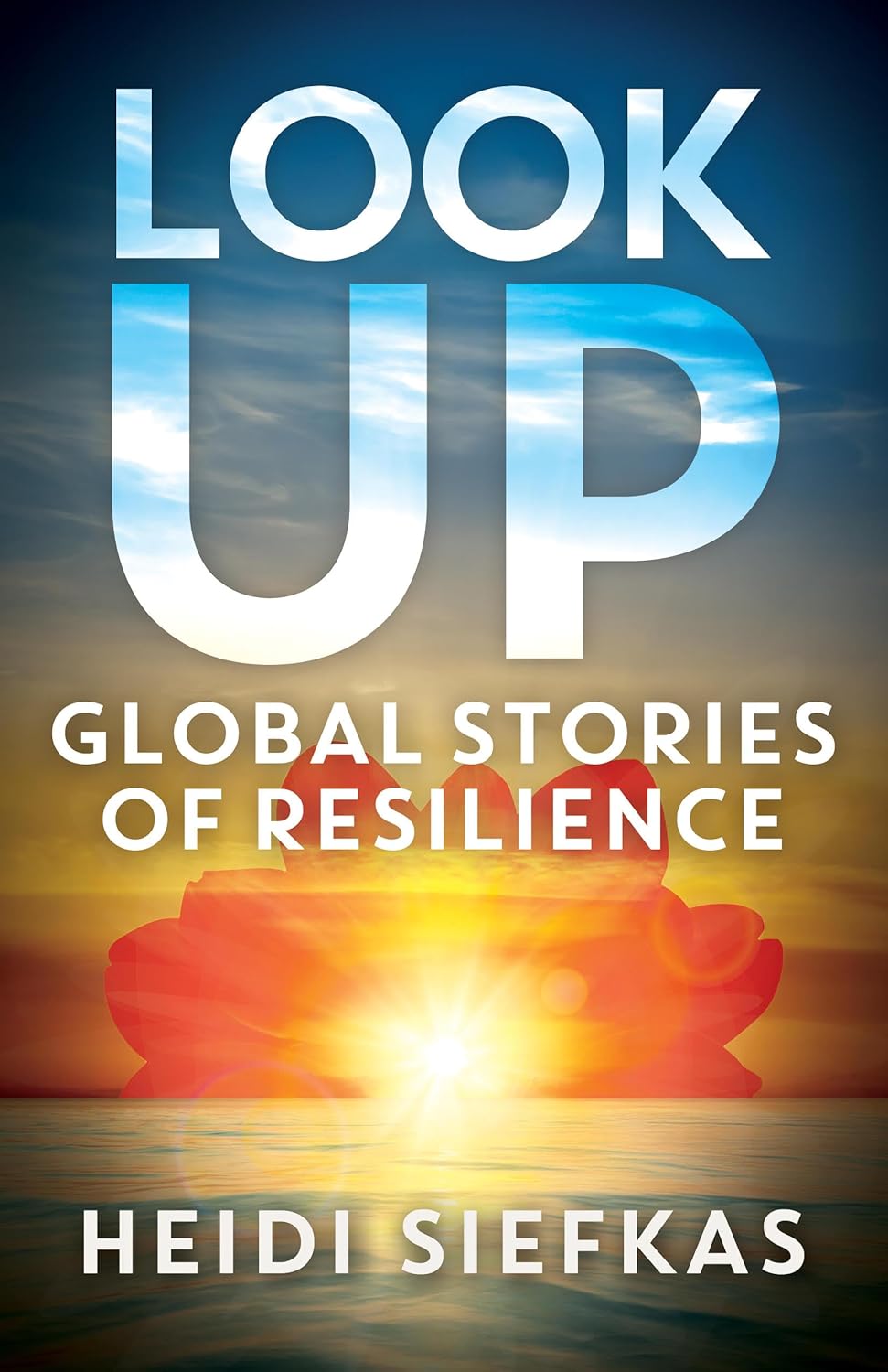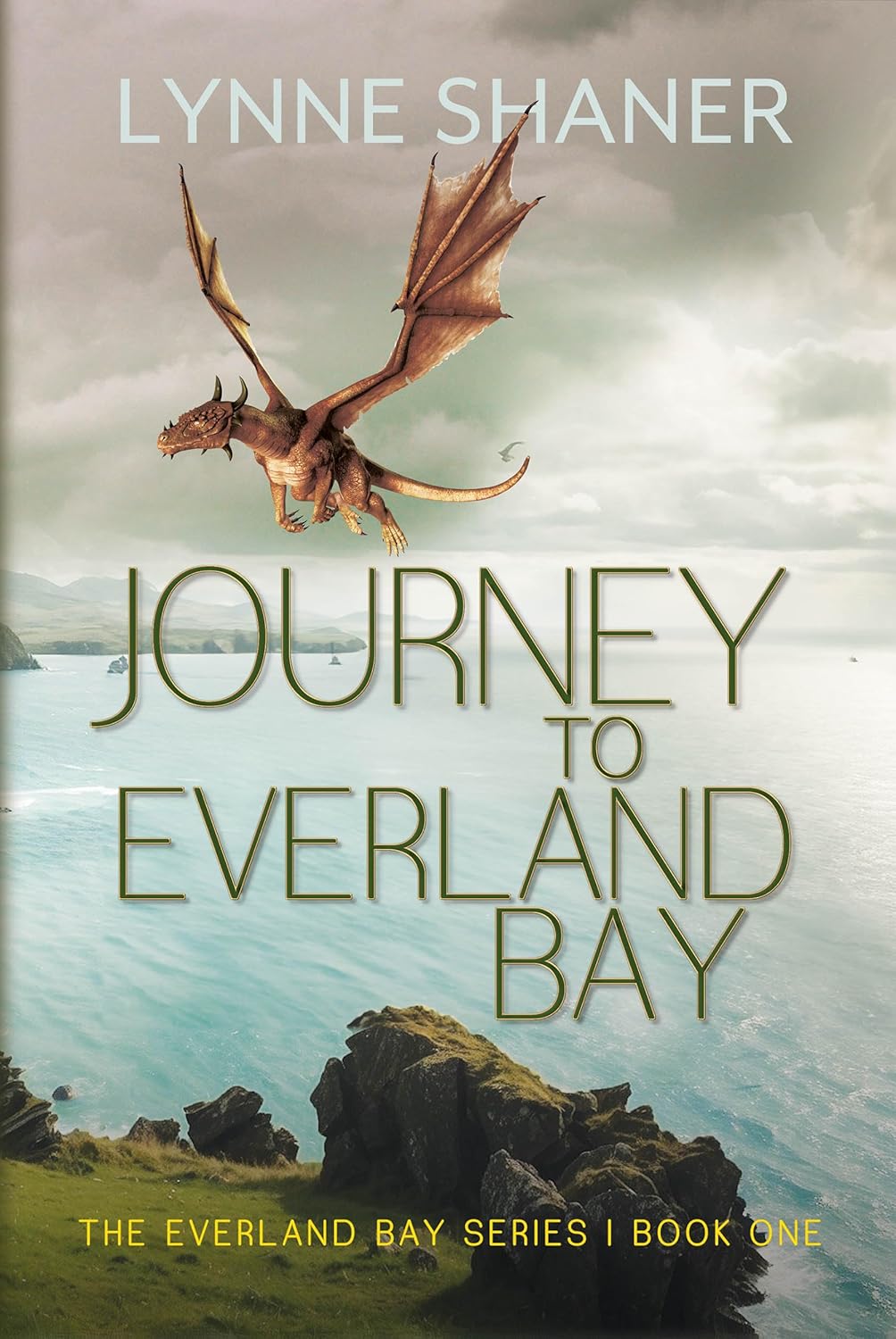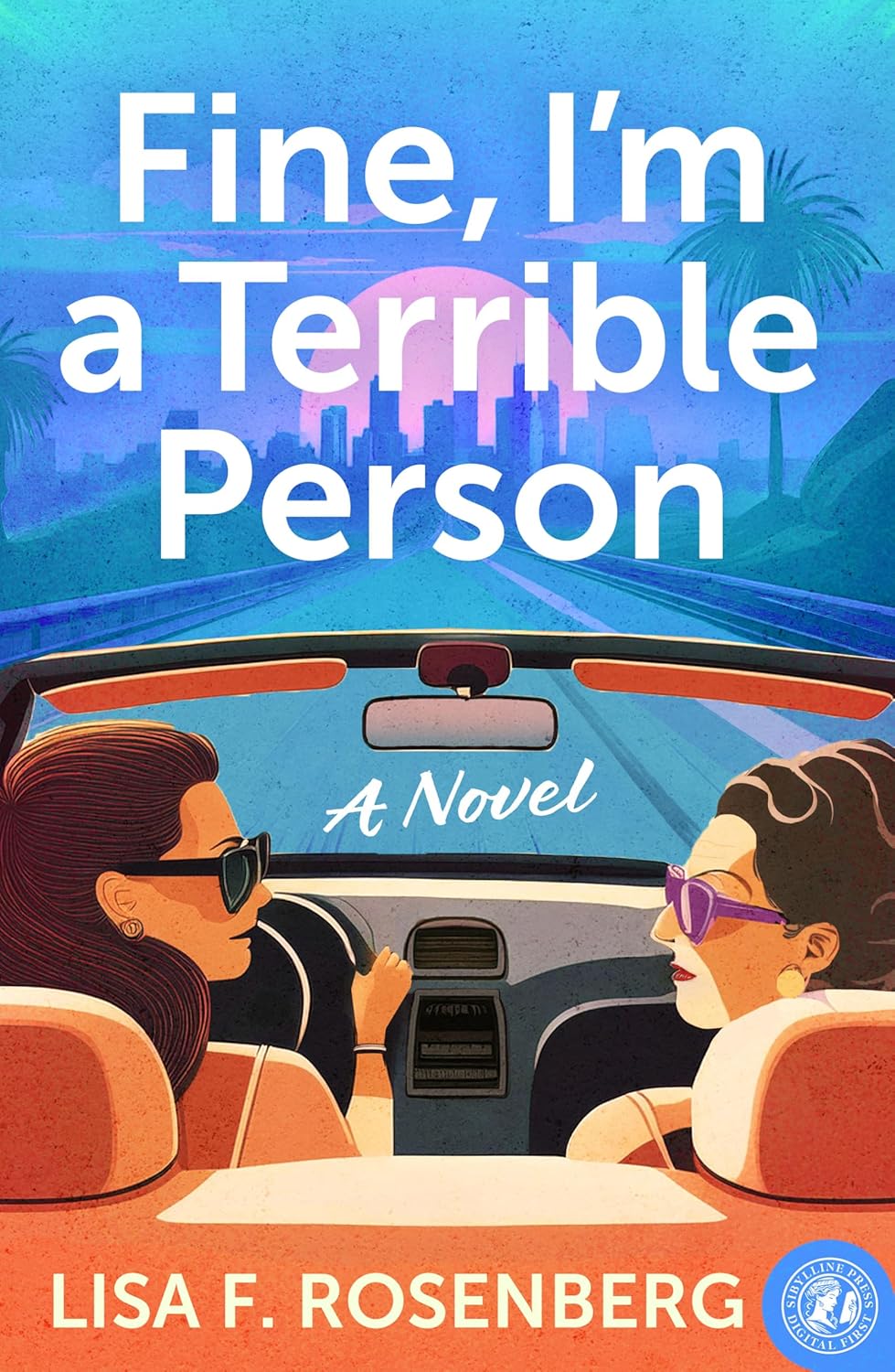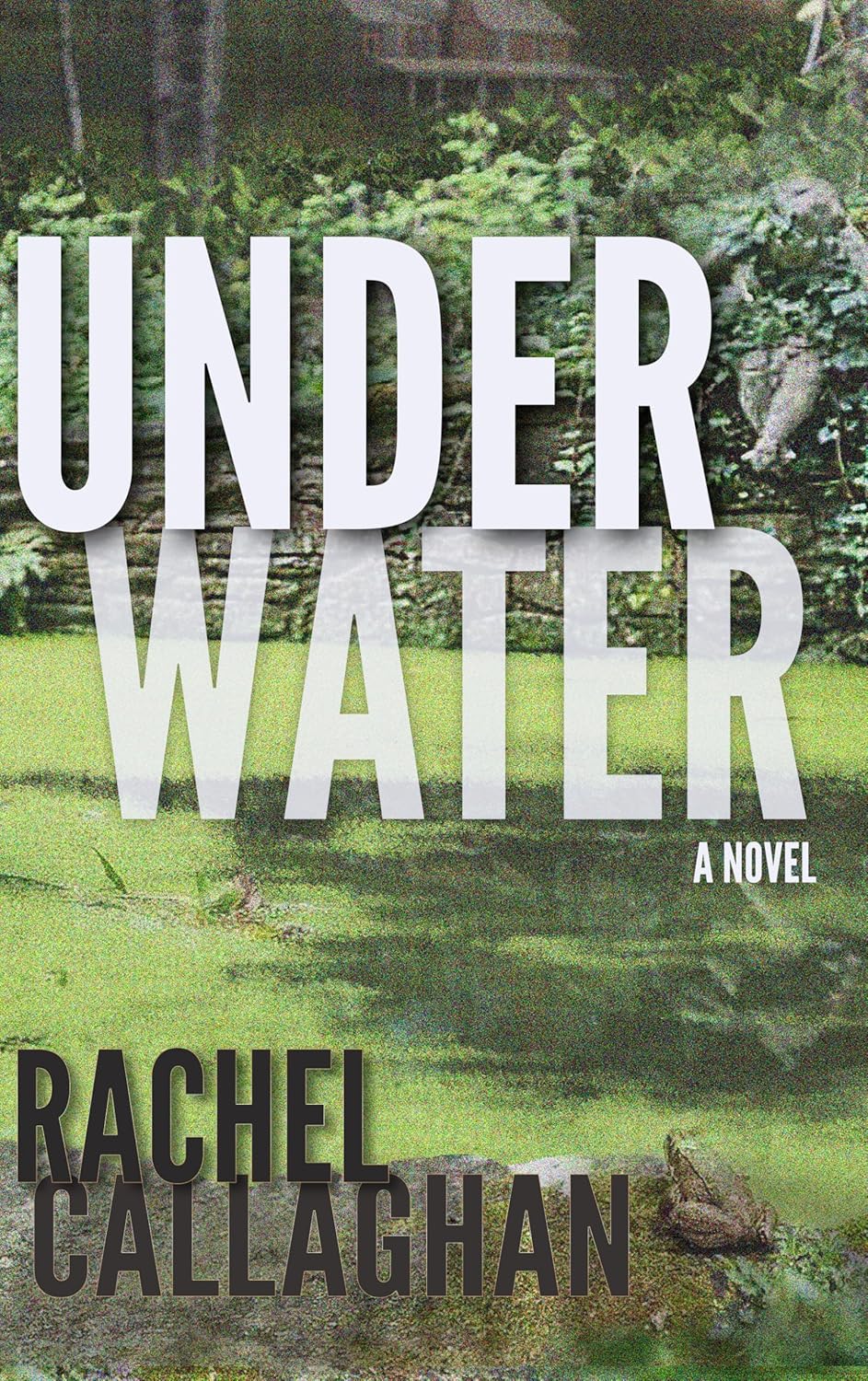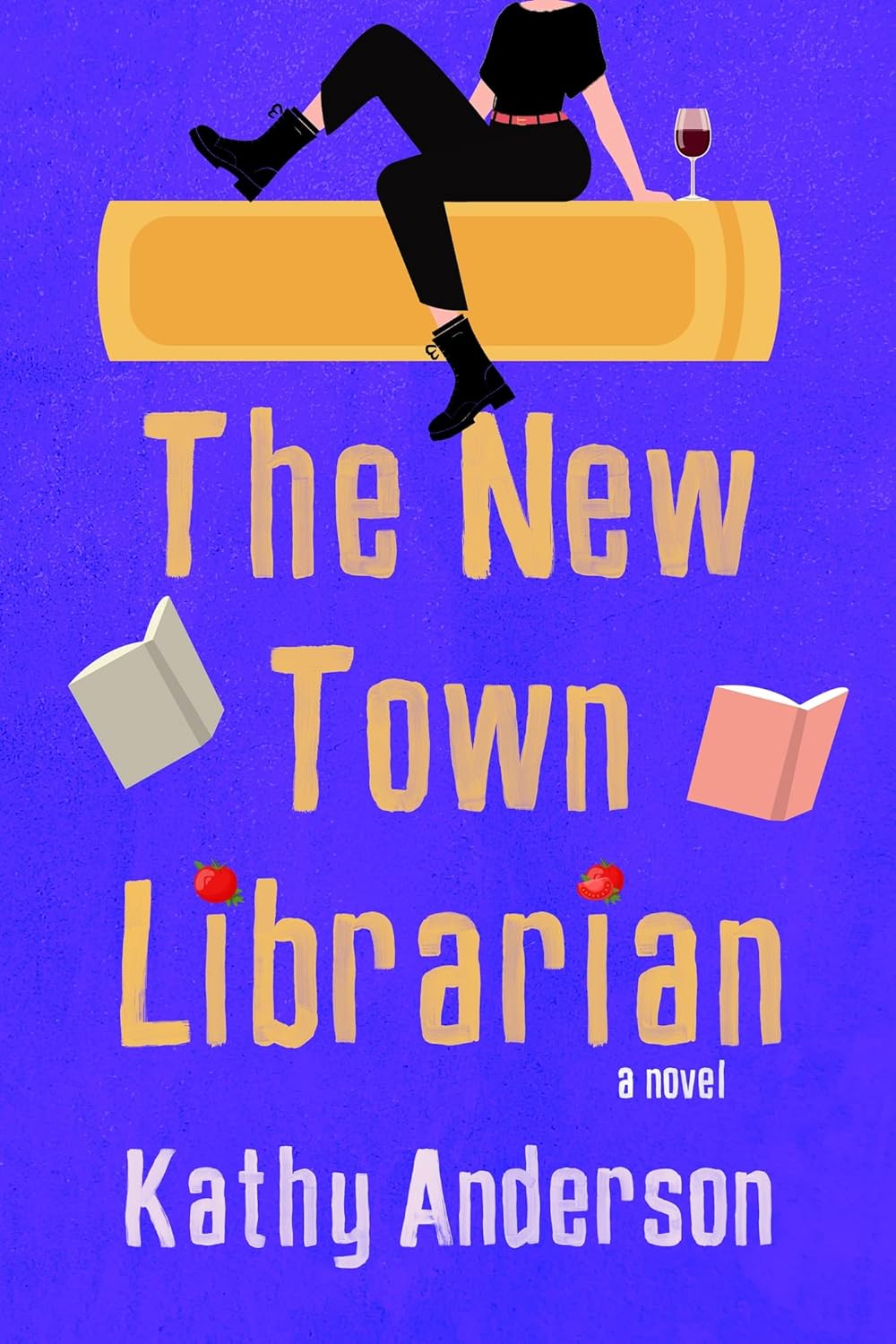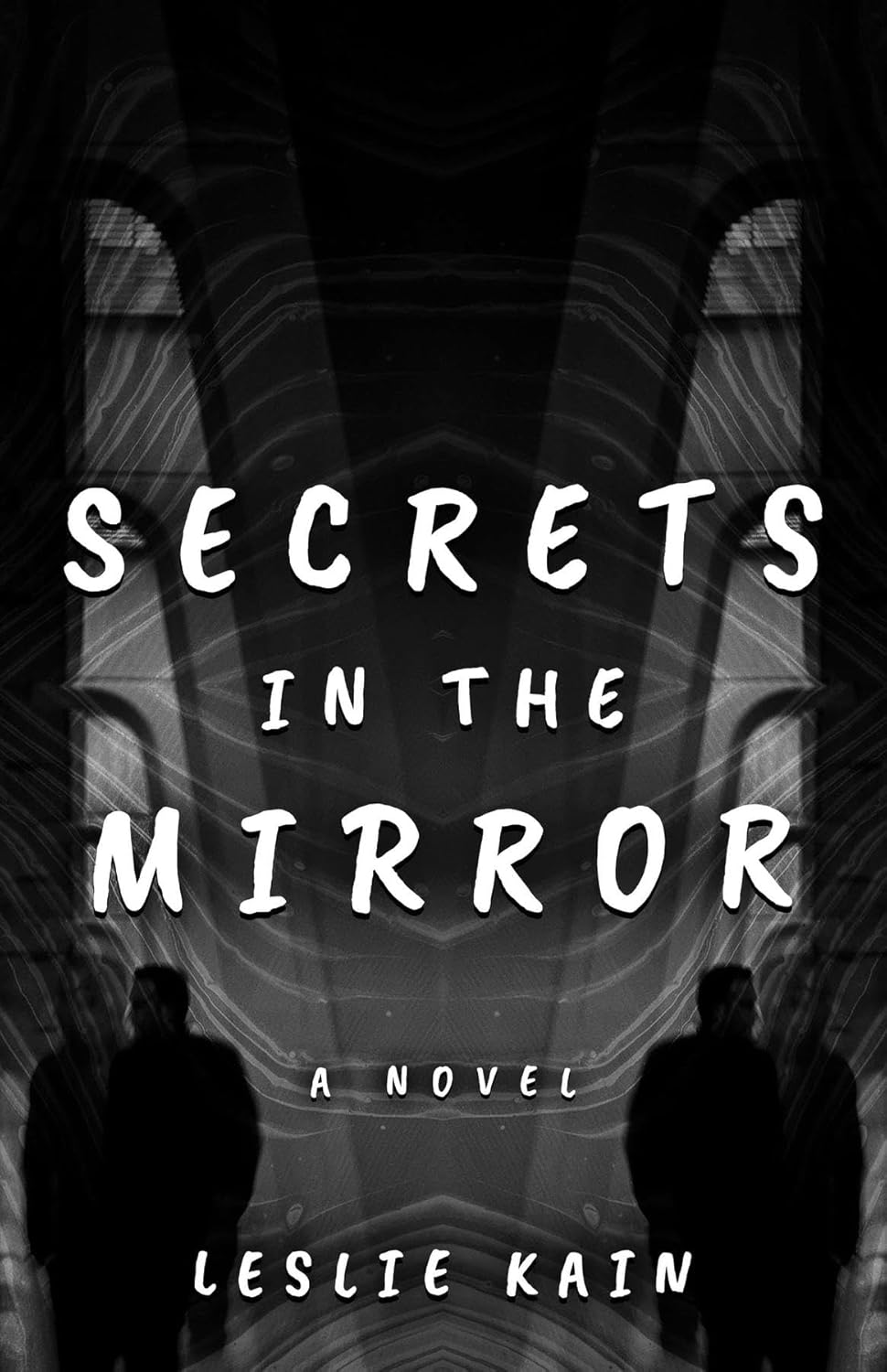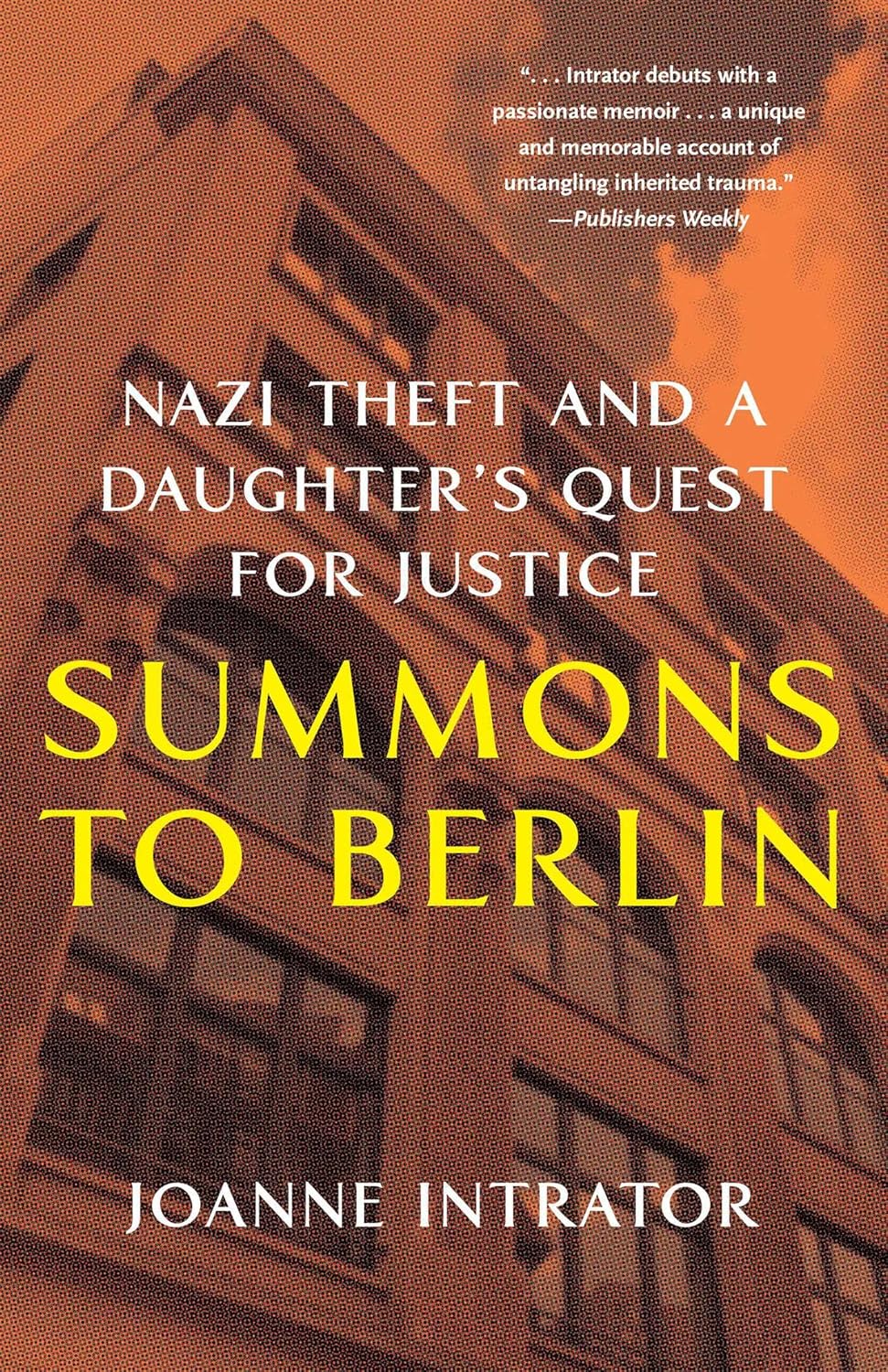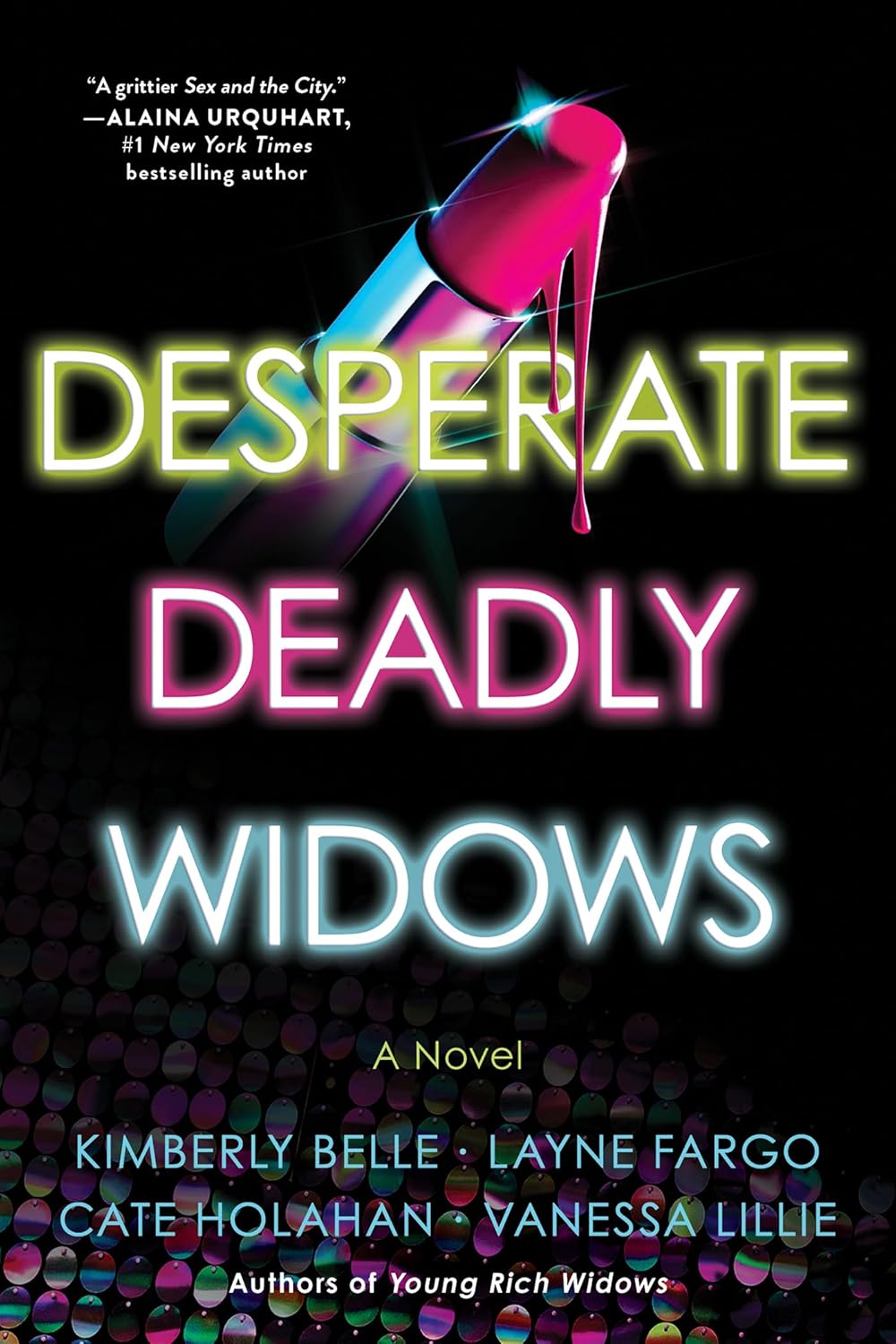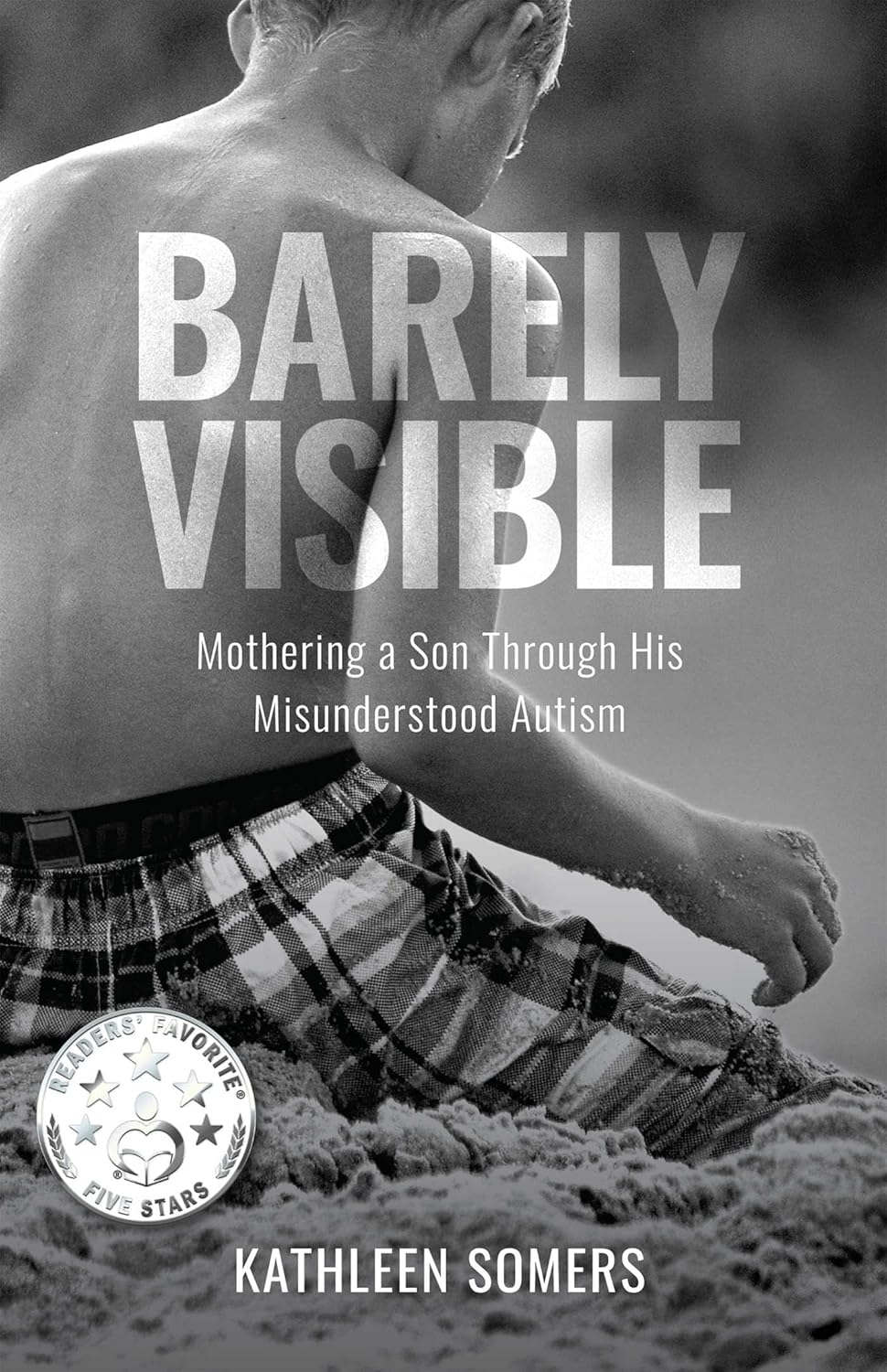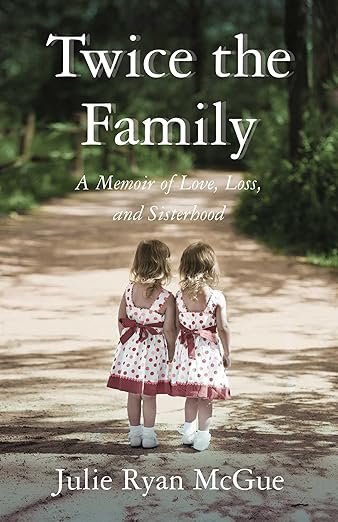My Life’s a Beach
By Deb Richardson-Moore
I have lived my best life on beaches.
Oh, there were long stretches in between, but I endured them by looking ahead or behind to times on those wide stretches of sand and the sometimes gentle, sometimes turbulent waves of the mighty Atlantic.
I have always resided in upstate South Carolina, so our coastline – Litchfield, Garden City, Surfside, Edisto – were sites of family vacations, five families piled into creaky old beach houses that twelve children couldn’t destroy.
In high school, First Week meant Myrtle or Ocean Drive. In college, Daytona or Fort Lauderdale or Cancun.
Then it was on to Georgia, North Carolina, Cape Cod, Maine, California, the Florida Keys, Greece, Honduras, France, Scotland, Indonesia, Israel, Dominican Republic, the Bahamas, the Virgins, and Turks and Caicos. I’m sure, under the influence of Bahama Mamas and Rum Runners, I’ve forgotten a few.
But here’s the surprising part: At some point during all that travel, I realized that no beach in the world can touch our South Carolina coast. You can spend thousands of dollars—and absurdly, I have—and sit on a perfectly good beach half a world away and wonder, Why the heck am I not back at Folly?
Here’s the not-so-surprising part: In many of my books, characters run off to the coast to investigate or contemplate. It’s always a fun way to propel the action or to provide a breather from the tension of their murderous hometowns.
But in my just-released The Last Beach Town, I go all in and turn the beach town itself into the murderous hometown.
The story is set in the fictional barrier island village of Millicent, named for a long line of women in the town’s most prominent family. Millicent Sloane Cheney has escaped the stifling atmosphere of being a Millicent in the land of Millicents to become a novelist and instructor at a college in Atlanta. Her mother had fled on the night of Sloane’s high school graduation, and her bewildered daughter has no intention of returning to the scene of her heartbreak. But the death of her aunt results in a huge inheritance for Sloane, and she reluctantly returns for the funeral – and to rid herself of the property. She could never have foreseen the treacherous undercurrents that await her.
I so enjoyed writing about this island coast, so like actual ones in South Carolina. I enjoyed writing about the gracious, century-old family home right on the beach, about shrimp boats puttering out the inland waterway, about the villagers on both sides of the development issue. And since it’s a murder mystery, about the three deaths that constitute the plot.
Many writers whom I admire exhaustively research other times and places for their historical novels. By contrast, I find myself mining and re-mining the real times and places in my life that have affected me most.
In my first series, that meant the northeast Georgia farmland where I spent many summers with my grandparents. Their farmhouse became the home of Branigan Powers, a reporter who rents her late grandparents’ house and drives into nearby Grambling to her newspaper office. Many readers tell me they can see vestiges of my own Greenville, SC, in that downtown. Certainly, Branigan’s newsroom is similar to the Greenville News offices where I spent 27 years.
The problem with this approach, of course, is that memories don’t always mesh with updated realities. I wrote The Cantaloupe Thief, the first in the Branigan series, in 2014 or so but hadn’t been in a newsroom since a 2003 career change. Fortunately, my writing group – made up of reporters and editors – caught my gaffes (with great hilarity). They’ve never let me live it down.
My first all-beach-all-the-time novel was Murder, Forgotten, in 2020. My protagonist Julianna lived in an imposing old beach house on Sullivan’s Island and occasionally retreated to the eastern seaboard of Scotland. Boy, did I have fun writing about her family and neighbors who come under suspicion when her beloved husband is murdered. I realize how that sounds. But hey, they all lived at the beach and ate great seafood and grew bougainvillea on their terraces. How bad could it be?
After my newspaper career, I spent 15 years as pastor of a church that served Greenville’s homeless population, so many encampment settings inevitably wriggled into my plots.
My 2024 release, Through Any Window, reflects the very real gentrification that is occurring around my former church as million-dollar houses sprout up next to woods where our homeless citizens pitch tents. But even in that story, there are flashbacks in which protagonist Riley tends bar on Dauphin Island off the Alabama coast. I can’t help myself.
In The Last Beach Town, I give up all pretense of setting the action elsewhere and give the story over to our state’s barrier islands and a pace of life dictated by the sea. I dedicate it to all the people with whom I’ve shared beach life — the five families we vacationed with during my childhood, the two families we vacation with now.
And now if you’ll excuse me, it’s time to pack.
—
Deb Richardson-Moore is a retired journalist and pastor and non-retired mother of three. She lives in South Carolina with her husband and rescue pup.
THE LAST BEACH TOWN
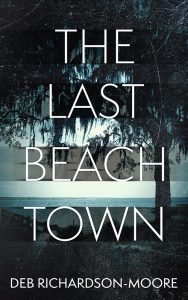 Sloane Cheney has no intention of ever returning to the South Carolina island town where she grew up. She enjoys her life in the big city and teaching at the college there. The thought of revisiting the place where her mother deserted her family is too painful.
Sloane Cheney has no intention of ever returning to the South Carolina island town where she grew up. She enjoys her life in the big city and teaching at the college there. The thought of revisiting the place where her mother deserted her family is too painful.
But when Aunt Millicent, town matriarch and owner of the family’s beachfront property, is murdered, Sloane must go back to sign off on the sale of the grand family home to developers. She soon finds that old friendships have shifted, as townspeople disagree over the development that would reshape their sleepy village. Sloane is directly in the line of fire, under suspicion by the police chief because of her inheritance and by her former neighbors who question her long absence.
With family members and old friends swirling treacherously around her, Sloane doesn’t know who to trust, especially after a nearly fatal accident in the beach house. She digs into her family’s history, uncovering new information about her mother’s disappearance. What she discovers raises questions: Was her aunt’s murder a simple case of greed? Or was it related to her mother’s long-ago vanishing?
BUY HERE
Category: Contemporary Women Writers





